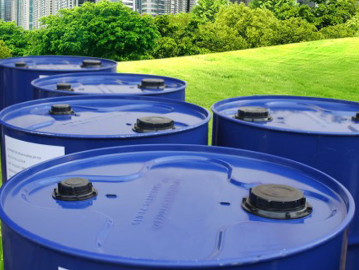
Amine curing agents play a fundamental role in achieving high-performance adhesives due to their ability to enhance the crosslinking reaction in the adhesive formulation. This crosslinking reaction is crucial as it improves the adhesive's properties, such as strength, toughness, durability, and resistance to environmental conditions.
One of the main advantages of using amine curing agents is their efficiency in promoting the curing process. These agents can initiate and catalyze the crosslinking reaction at relatively low temperatures compared to other curing agents, such as epoxy resins. This feature is particularly significant in industrial applications, where rapid and cost-effective curing is crucial. By using amine curing agents, manufacturers can reduce production times and energy costs without sacrificing the adhesive's performance.
Another advantage of amine curing agents is their versatility to be used with a wide variety of adhesives. They are compatible with various resin systems, including epoxies, polyurethanes, and acrylics. This compatibility allows formulators to choose the most suitable amine curing agent for their adhesive formulation, depending on the desired adhesive properties and application requirements.
Furthermore, amine curing agents are known for their ability to improve the adhesive's mechanical properties. The crosslinking reaction initiated by these agents forms a three-dimensional network structure within the adhesive matrix, resulting in increased strength and toughness. This enhanced mechanical performance is crucial for demanding applications, such as automotive, aerospace, and construction, where adhesives need to withstand high loads and stress levels.
In addition to mechanical properties, amine curing agents also contribute to enhancing the adhesive's resistance to environmental conditions. The crosslinking reaction promoted by these agents creates a dense polymeric network that acts as a barrier against moisture, chemicals, and temperature fluctuations. This barrier prevents the adhesive from deteriorating or losing its adhesive properties, ensuring the durability and reliability of the bond over time.
Apart from the performance benefits, amine curing agents also offer advantages in terms of processing and formulation flexibility. These agents can be easily incorporated into adhesive formulations, either as a separate component or as a pre-mixed blend. They can also be adjusted to achieve specific curing characteristics, such as pot life, cure time, and viscosity, by using different types and concentrations of amine curing agents.
While amine curing agents are widely used in the adhesive industry, it is essential to consider their limitations and potential challenges. For example, some amine curing agents may have certain health and safety risks due to their toxicity or potential to form hazardous by-products during the curing process. Formulators and end-users must handle and use these agents with proper safety measures and follow relevant regulations and guidelines.
In conclusion, amine curing agents are indeed a key factor in achieving high-performance adhesives. Their ability to promote the crosslinking reaction, enhance mechanical properties, improve resistance to environmental conditions, and offer processing flexibility makes them valuable components in adhesive formulations. By carefully selecting and incorporating amine curing agents into adhesive systems, manufacturers can produce adhesives that meet the demanding requirements of various industries and applications.